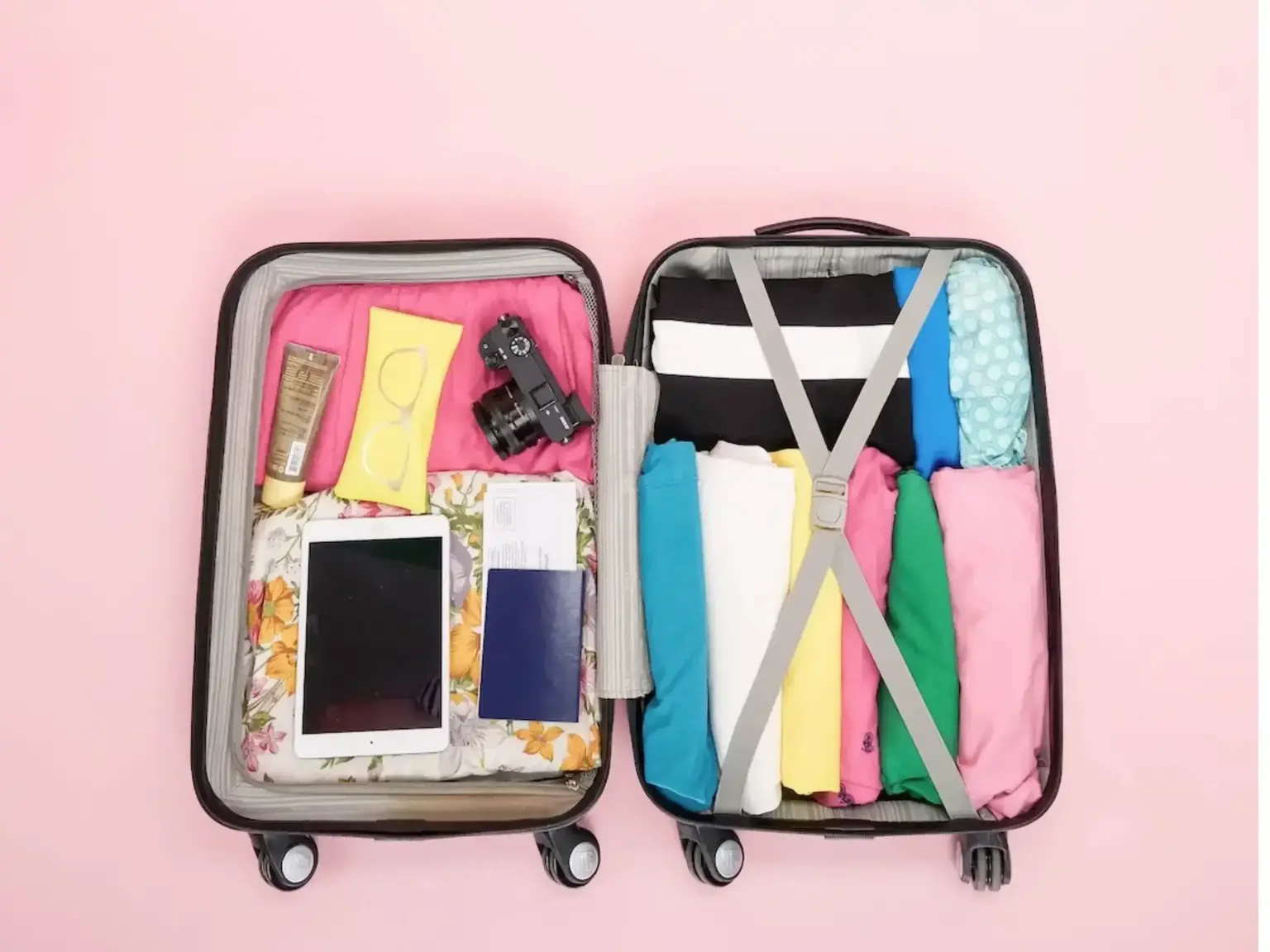27/10/2023

Travelling is an exciting adventure, whether on holiday or on business. However, if you’re planning to transport lamps or any other battery-powered devices, it’s essential to be aware of the rules and regulations governing their transport. Lithium batteries are commonly used in many portable electronic devices, but they also present potential risks. To ensure a safe and hassle-free journey, Dealeez presents everything you need to know about transporting your devices.
First of all, it’s important to understand that there are several types of lithium batteries. Each type of battery has its own specifications and transport restrictions. The two main types are lithium-ion batteries and lithium metal batteries.
Lithium-ion batteries: These batteries are commonly used in lamps, mobile phones, laptops, etc. They are rechargeable and have a high capacity. They are rechargeable and have a high capacity. When travelling with lithium-ion batteries, it is generally permitted to carry them in the cabin. However, certain restrictions apply depending on their capacity. The higher the capacity of the battery, the stricter the rules may be.
Lithium metal batteries: These batteries are often found in alkaline batteries and button batteries. They are generally not rechargeable. Lithium metal batteries are more strictly regulated because of their potentially dangerous nature. Their carriage in the hold is often prohibited.
Now that you have an idea of the types of lithium-based batteries, here are some basic rules for traveling with them:
In most cases, it is advisable to carry batteries in the cabin rather than in the hold. This allows you to keep control of them and react quickly in the event of a problem.
Each airline may have its own rules on transporting batteries. Before you leave, check your airline’s specific guidelines and make sure you comply with them.
Lithium-ion batteries carried in the cabin are generally subject to a capacity limit, often expressed in watt-hours (Wh). The higher the capacity, the more restrictions may apply. Make sure you know the capacity of your batteries before you travel.
It’s vital to protect your batteries against short circuits during transport. You can do this by placing the batteries in their original packaging or by insulating them with electrical tape to prevent accidental contact with metal objects.
If you’re travelling internationally, make sure you know the specific safety rules for each country you visit. Some destinations may have stricter regulations.
It is advisable to travel with batteries that are partially charged rather than completely discharged. This can make security checks easier, as fully discharged batteries may look suspicious.
When not in use, keep your batteries in a cool, dry place away from direct sunlight and extreme temperatures.
Travelling with batteries, in your Dealeez lamps or other electronic devices, can be trouble-free if you follow the rules. Make sure you know the specifications of your batteries, follow your airline’s rules and take the necessary precautions for a safe trip. With proper planning, you can take full advantage of your electronic devices during your trip.
Enjoy your trip!